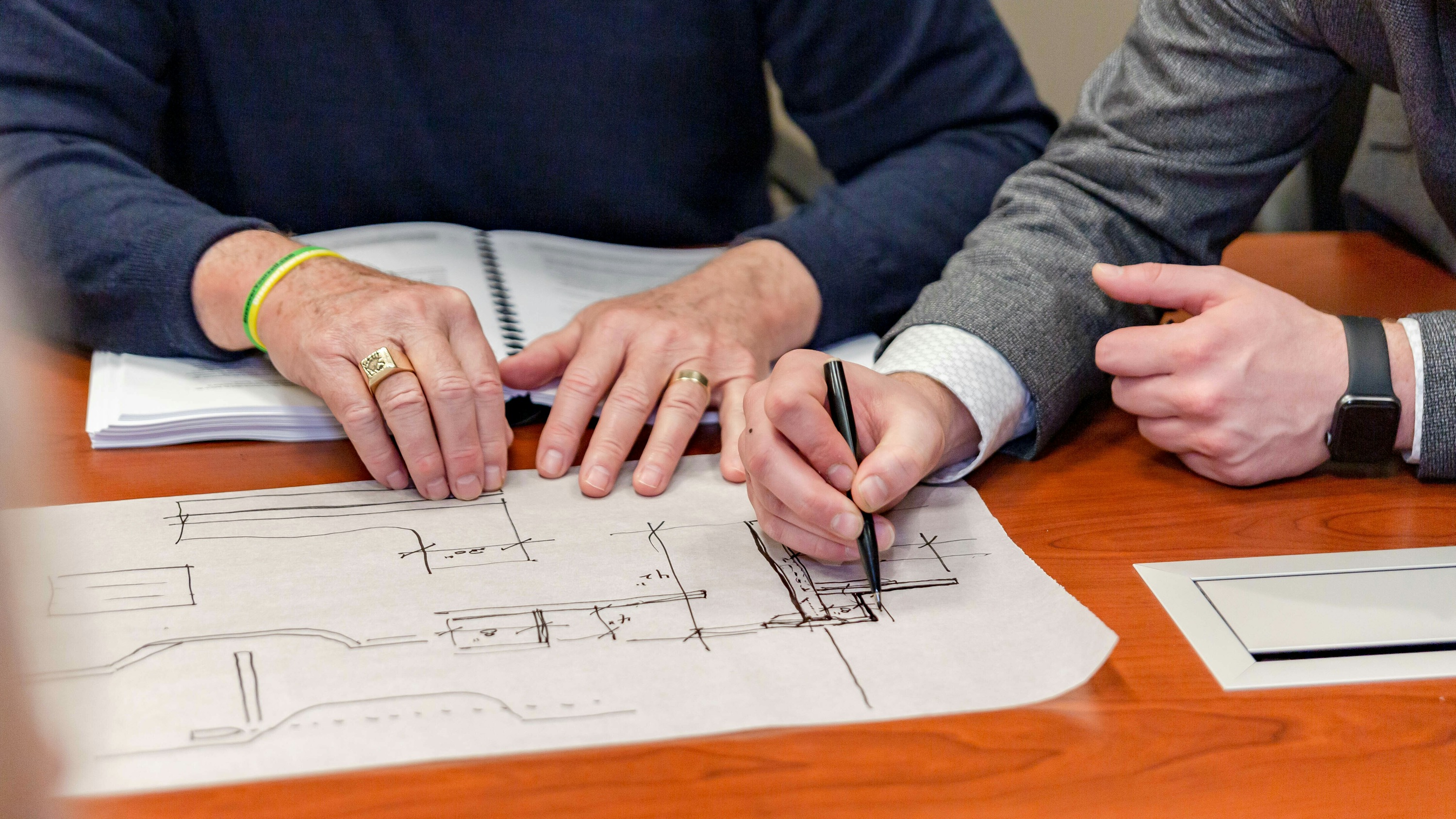
Inflation is on the rise. Our team recognizes the impact increased costs and labor and material shortages have on projects owners are trying to push forward.
High construction costs and tight labor continues to impact the feasibility and profitability of current and future projects. Health systems across the country are facing worker shortages that have resulted in delayed or canceled projects and facility openings. Our clients are facing difficult and costly decisions every day, and those who don’t proactively plan may fall behind.
We see firsthand how inflation and labor and materials shortages impact the built environment. As part of our mission to remain a dedicated, strategic partner to our clients, we’ve gathered insights from our partners in the planning, finance and construction industries about how owners can best continue navigating these challenges and ensuring project success.
Continue reading for counsel from Josh Ripplinger, partner at Wold Architects and Engineers, Kyal Klawitter, vice president of project management at MedCraft Healthcare Real Estate, Jake Horak, partner at Whitecap Health Advisors, and Mike Stark, senior manager of healthcare project planning & development at Kraus-Anderson, about how to help mitigate current and future obstacles.
Josh Ripplinger, AIA, ASHE, EDAC, LEED AP | Partner
As inflation and labor and material shortages continue to rise, our team underscores the importance of having a trusted and experienced advisor to facilitate project delivery. Key considerations for success include procurement of materials that are available domestically and suppliers that offer quick ship guarantees.
Carry a separate escalation contingency line in your project budget to cover unpredicted risk exposure. Work with contractors and vendors that have a track record of performing and vetting subcontractors for workforce availability and ability to deliver on schedule.
Lastly, require a critical path schedule prior to project commencement to ensure transparency and consensus on key milestones – this allows you to actively manage to the schedule versus being reactive. Having these key considerations as the foundation of every project helps mitigate unforeseen challenges.
Kyal Klawitter | Vice President of Project Management
In the current environment, there are limits to cost containment strategies as external forces such as the national labor shortage and inflation cause unavoidable expenditure increases. Overly aggressive responses can create long-term damage to a brand.
Never make cuts in areas that are most important to patients or diminish the organization’s differentiating characteristics. On the cost side of the profit equation, we advise our clients to focus on optimizing rather than reducing their workforce by:
Just as important to the profit equation is the revenue side. Healthcare providers need to spend time evaluating revenue enhancement opportunities, including clinical portfolio prioritization (new services, growth, and/or rationalization), payer mix improvement and maximizing alternative payment models.
Jake Horak | Partner
Due to inflation and labor and material shortages, it is even more vital to engage all of your partners, such as the Construction Manager (CM) and specialty subcontractors, early on to ensure project success. Early partnerships and engagement of the CM and specialty subcontractors allows for proactive identification of materials and/or project risks.
These risks can affect project success as it relates to schedule, cost and quality, so early identification allows the construction team to inform and influence the design to mitigate the risk of increasing costs while still meeting the owner’s expectation for schedule and quality.
Mike Stark, HCC, LEED Green Associate | Senior Manager, Project Planning & Development, Healthcare